Top Gear's BMW X3 review
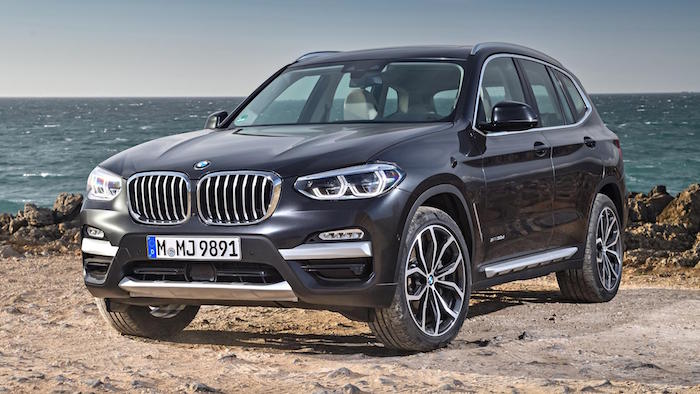
What is it?
One in every three cars that leaves a BMW showroom these days is an X. So because these crossovers sell in such big numbers, it’s worth the engineers and designers throwing their best efforts into them. A contrast from the first X3, which was half-arsed in all sorts of ways, and the second which was a heap better but still merely merely OK by BMW’s high standards.
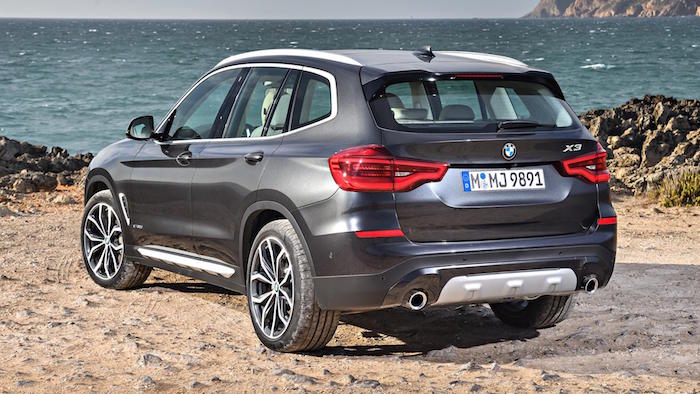
The new one has to go up against some great opposition – the Audi Q5 is the benchmark for refinement, the Mercedes GLC for comfort, the Jaguar F-Pace for handling and space, the Porsche Macan for all-round chassis excellence. Add some options to the X3 and you can shove it into Range Rover Velar territory.
The early signs are strong for the X3. It’s grown. That might make it more cumbersome in cities, but it’s a size we know sells well – slightly bigger than the first-gen X5.
It’s also done away with some of the slightly oddball design flourishes of previous X3s. It uses BMW’s latest surface ideas – lines that seem to be emerging from a viscous skin – and wears them very comfortably.
The new X3 rests on an adapted version of BMW’s latest longitudinal-engine components set. That makes it leapfrog the 3 Series for modernity. The new mechanicals and construction techniques shave away the mass – 55kg or so less, despite the extra size – and give the X3 buyer access to some very advanced electronics systems. Beware though, those mostly reside on the options list.
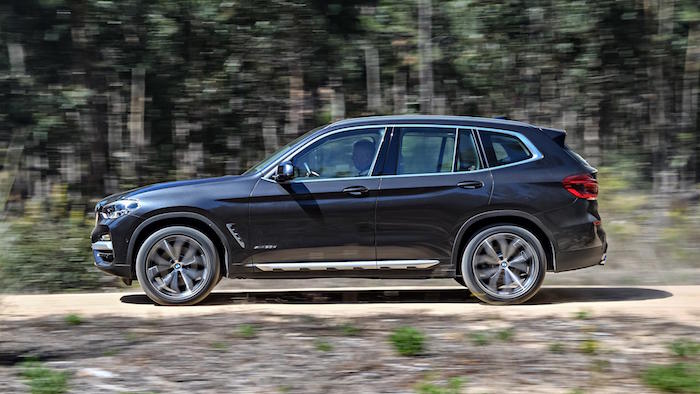
The whole UK launch range is all-wheel drive. It starts as expected with a 20d, and a 30d. For the first time in ages there will be a mainstream petrol engine too, which must say something about the way the world is going. It’s a 20i. Last but absolutely not least is the first M Performance model, the M40i, which uses a straight-six turbo petrol of a healthy 360bhp.
What is it like on the road?
The 20d and 20i will sell strongly of course, but BMW doesn’t normally put up its base-spec cars for early testing, and actually the 20i doesn’t launch until some weeks later. So we were in the six-cylinder versions. Those engines will give the chassis a proper work-out.
The 30d makes 265bhp and you’ll seldom dip your toe into the accelerator’s deep waters. That’s because the eight-speed auto is beautifully calibrated to take advantage.
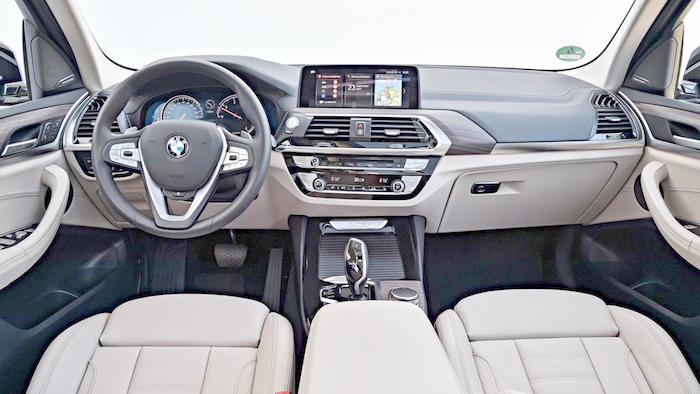
Although it’s by no means silent, masses of relaxed and elastic urge is always there for the taking, even as the rev-counter stays in the subdued region of the dial. Mash it and the revs climb high for a diesel, the straight-six sound percolates and you’re looking at 0-100km/h in 5.8secs.
The 360bhp petrol six is surprisingly boomy on a motorway on-ramp or climbing a hill. That’s because the transmission tends to let it labour at low revs in an attempt to keep a lid on its appetite for unleaded. So you might want to keep the transmission in sport mode or take to the downshift paddle.
For more serious acceleration, it puts on a mighty show in the mid-to-upper register and sounds terrific as it goes.
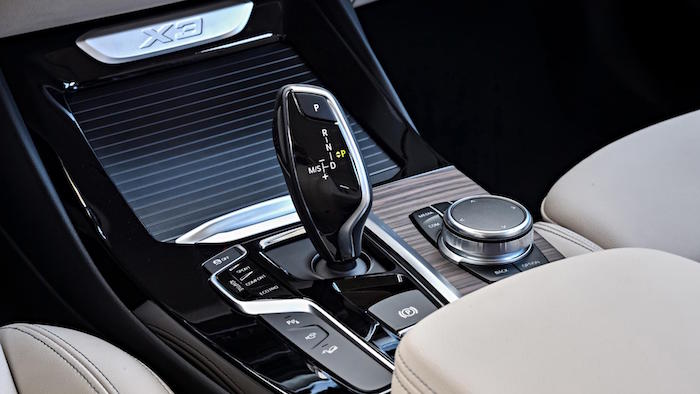
The M40i comes with specially tuned suspension, but both the 30d and M40i that we tested had adaptive dampers. The character of the M40i doesn’t differ much from the diesel – it’s just that it’s better tied down and offers extra feel though a full-effort bend.
There’s a fluency that was absent in the old X3/X4. The old cars felt wooden as they strained their weight. The new ones have progressive reactions and a sense of rear-bias in Sport mode – a button that tautens the damper programme and changes centre diff emphasis among other things. Their steering isn’t as transparent as you’d hope, but it’s gearing and response is well-measured.
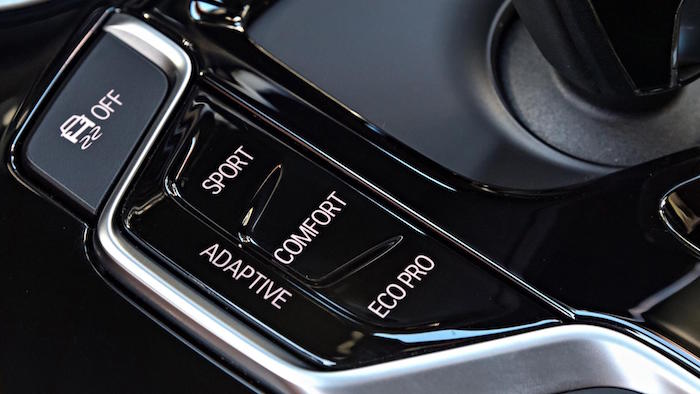
The ride, both on the diesel and the M40i, is surprisingly supple at all speeds. The M40i is smoother than a big-wheeled F-Pace. The diesel more so again.
I also did some mild off-roading in the diesel. It managed fairly well. There’s not much articulation, but ground clearance and ramp angles are OK and the electronic traction and hill-descent control systems capable. It’s supposed to wade to 500mm but I didn’t try: the track was a dustbowl. The xLine trim level includes some underbody protection.
Layout, finish and space
You sit reasonably high in here, with a commanding view out. It’s a boxy and upright cabin compared with BMW’s saloons and estates, and doesn’t pretend to be an SUV coupe. Good.
It’s not utilitarian though. Since the last X3 the linear, layered design of BMW’s dashboards has given way to a flowing design with more diagonals, and the different sections are better integrated. Materials are now first class, while the clarity of the instruments and switches remains top-rate. Seats are plenty supportive enough. There’s a slightly sportier chair on offer but no race-style seat option. Mind you, if you miss that you’re missing the point of a family SUV.
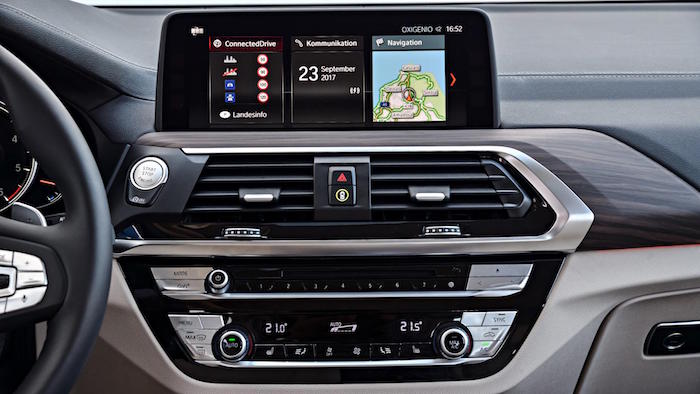
The standard sat nav-comms system is traffic aware, and easily operated. The optional system adds more apps than you probably want or can fathom (their capabilities are far beyond BMW’s ability to explain them). You can also add gesture control. Huh? The iDrive is good enough that you don’t need to act like a conductor at the proms just to turn up the orchestra.
But the optional head-up display is absolutely first-rate in its clarity, and in the way information pops up when you need it and goes away when you don’t.
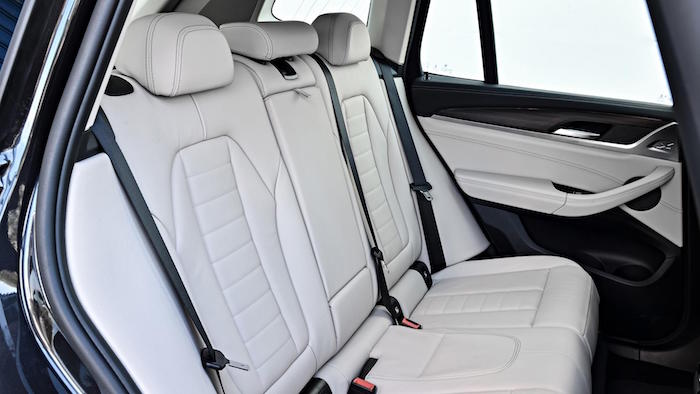
In the back, the high seats mean your legs and head won’t be constrained. Three sets of ISOFIX points show the width of that bench. Adjustable rear vents, cupholders and lighting mean people back there should feel decently looked after. The seat backrest folds 40:20:40, and behind it there’s a deep boxy boot with stout tie-downs. There’s another storage box under the floor, and special places to store the roller blind and dog net.
Running costs and reliability
Examine the price list and it’s riddled with options. Some are very nice to have, some expensive fripperies. They sell because they don’t sound like much when you add them to the lease or PCP payment. An extra couple of quid a week over three years is easier to swallow than paying a few hundred pounds on top of the base price on an outright purchase.
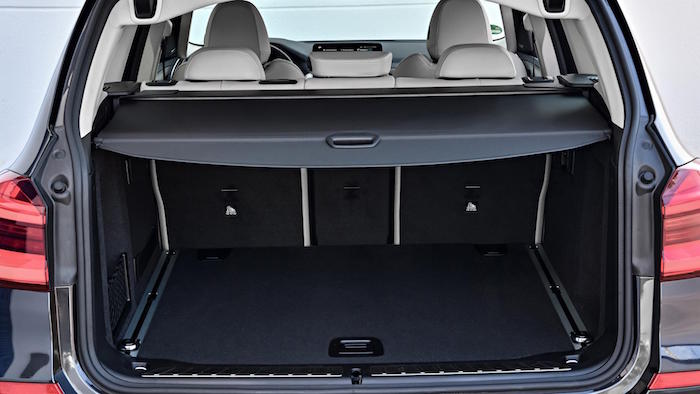
Truth is you could get an X3 with no options and it wouldn’t look too bald. Well, provided you can live with non-metallic paint in ambulance white or undertaker black. And 18-inch wheels. The M Sport and X Line trims get you 19s, and six-cylinders gets you metallic paint.
Standard on all are navigation with RTTI (hi-def on-line traffic awareness), LED headlights, reversing camera, and leather seats with heating up front.
The SE-spec 20d squeezes in with an insurance group of 30, while it rises to 31 for the M Sport, and you rise nine groups respectively for the corresponding 30d models. All have the E suffix for exceeding the expected security standard.
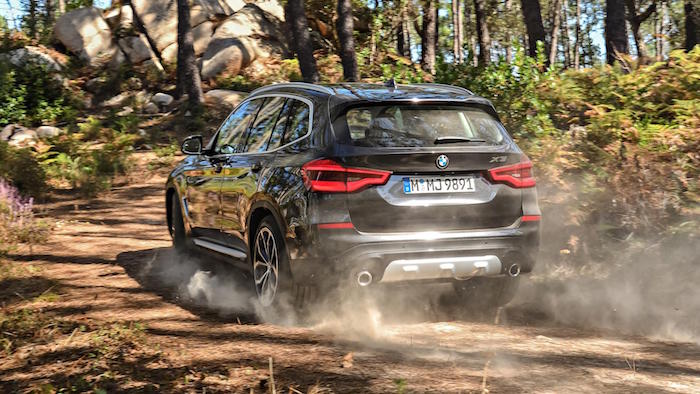
The CO2 figures for the diesels go like this: 20d is 132g/km (25 per cent BIK for the SE), 30d 149g/km (28 per cent BIK), which is a pretty tax-efficient number for a big SUV of such vigorous performance.
The petrols are 163g/km for the 20i and 188g/km for the M40i. Expressed in mpg those numbers are 39.8mpg for the 20i and 34.5 for the M40i. They’ll be worse in real life of course, but it’s interesting how close the two petrols are to each other given the gulf in performance of 8.3sec 0-100km/h versus 4.8sec.
STORY PAUL HORRELL





